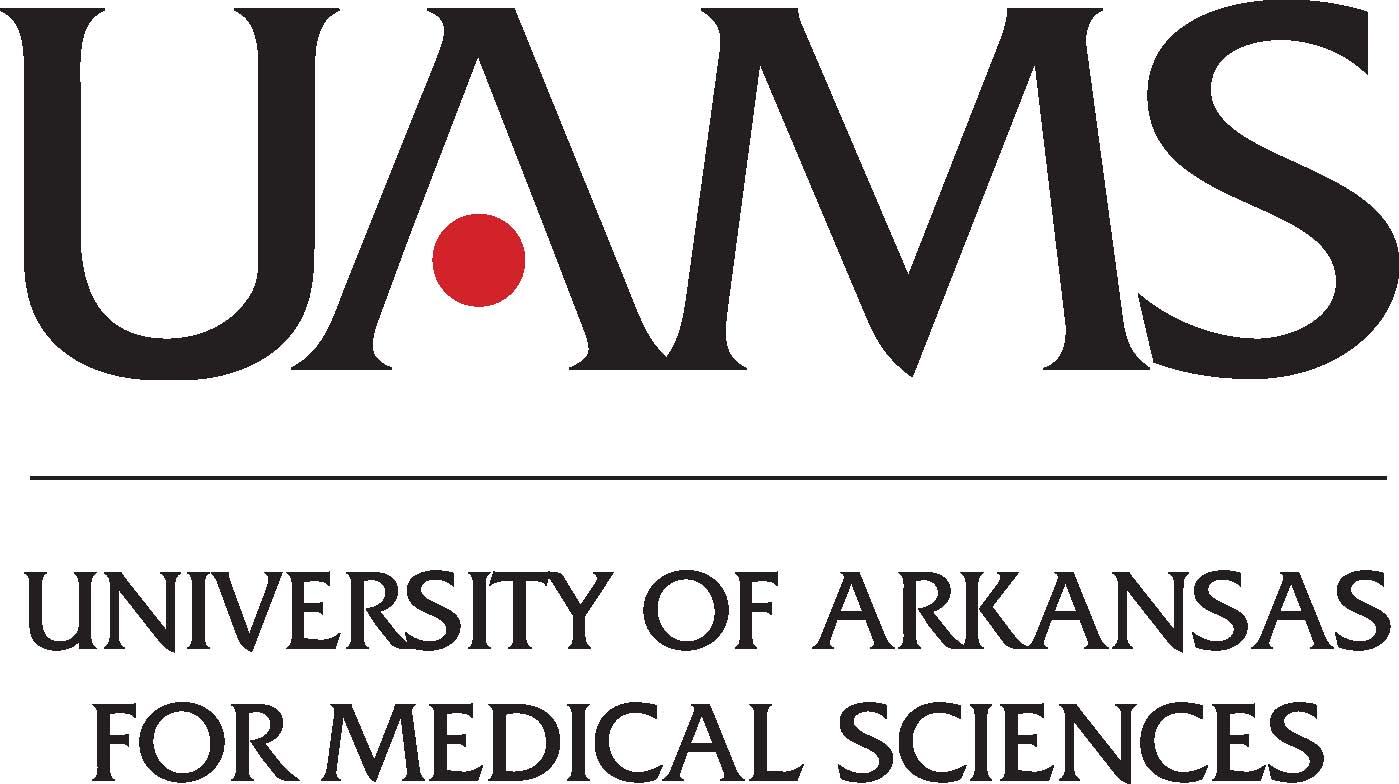NOrepinephrine and VasoprEssin Versus Norepinephrine aLone in Critically Ill Patients With Septic Shock
| Status: | Withdrawn |
|---|---|
| Conditions: | Hospital, Hospital, Hospital |
| Therapuetic Areas: | Other |
| Healthy: | No |
| Age Range: | 18 - Any |
| Updated: | 12/1/2017 |
| Start Date: | November 1, 2015 |
| End Date: | November 27, 2017 |
NOrepinephrine and VasoprEssin Versus Norepinephrine aLone in Critically Ill Patients With Septic Shock (NOVEL Trial)
Sepsis, a systemic host response to the invasion of a pathogenic microorganism, may progress
to severe sepsis, wherein the patient experiences acute dysfunction in at least one organ
system, and further develop into septic shock if the patient cannot regain adequate systemic
blood pressure and perfusion after adequate and appropriate fluid resuscitation. Further
prospective study of the potential mortality benefit with combination norepinephrine and
vasopressin in critically ill patients with septic shock needs to be performed. Our research
will resolve this essential question and improve the scientific knowledge surrounding
vasoactive medications in patients with septic shock.
to severe sepsis, wherein the patient experiences acute dysfunction in at least one organ
system, and further develop into septic shock if the patient cannot regain adequate systemic
blood pressure and perfusion after adequate and appropriate fluid resuscitation. Further
prospective study of the potential mortality benefit with combination norepinephrine and
vasopressin in critically ill patients with septic shock needs to be performed. Our research
will resolve this essential question and improve the scientific knowledge surrounding
vasoactive medications in patients with septic shock.
Sepsis, a systemic host response to the invasion of a pathogenic microorganism, may progress
to severe sepsis, wherein the patient experiences acute dysfunction in at least one organ
system, and further develop into septic shock if the patient cannot regain adequate systemic
blood pressure and perfusion after adequate and appropriate fluid resuscitation. The exact
societal burden from severe sepsis and septic shock in difficult to quantify: millions of
individuals in both industrialized and developing nations experience these syndromes each
year, the best medical centers in the world have only achieved a 22% mortality rate for
severe sepsis, and caregivers as well as patients endure a long-lasting impact from caring
from loved ones who have survived severe sepsis. Recently, the impactful work performed by
Rivers and colleagues that established early goal-directed therapy (EGDT) as the standard of
care for patients with severe sepsis or septic shock has been compared to usual care in three
international trials. The results of these trials suggest that usual care is as effective as
EGDT, which necessitates new research be conducted into each component of EGDT to determine
how and to what extent specific therapies are safe and effective. One key aspect of the
provision of care to patients with septic shock is the time to initiation and choice of
vasoactive agents. This study will investigate the use of norepinephrine and vasopressin
versus norepinephrine alone as the initial vasoactive regimen in critically ill adult
patients with septic shock.
to severe sepsis, wherein the patient experiences acute dysfunction in at least one organ
system, and further develop into septic shock if the patient cannot regain adequate systemic
blood pressure and perfusion after adequate and appropriate fluid resuscitation. The exact
societal burden from severe sepsis and septic shock in difficult to quantify: millions of
individuals in both industrialized and developing nations experience these syndromes each
year, the best medical centers in the world have only achieved a 22% mortality rate for
severe sepsis, and caregivers as well as patients endure a long-lasting impact from caring
from loved ones who have survived severe sepsis. Recently, the impactful work performed by
Rivers and colleagues that established early goal-directed therapy (EGDT) as the standard of
care for patients with severe sepsis or septic shock has been compared to usual care in three
international trials. The results of these trials suggest that usual care is as effective as
EGDT, which necessitates new research be conducted into each component of EGDT to determine
how and to what extent specific therapies are safe and effective. One key aspect of the
provision of care to patients with septic shock is the time to initiation and choice of
vasoactive agents. This study will investigate the use of norepinephrine and vasopressin
versus norepinephrine alone as the initial vasoactive regimen in critically ill adult
patients with septic shock.
Inclusion Criteria:
- Age ≥18 years (no maximum age)
- At least 2 of 4 systemic inflammatory response syndrome criteria:
1. Fever (>38°C) or hypothermia (<36°C),
2. Tachycardia (heart rate >90 bpm),
3. Tachypnea (respiratory rate >20 breaths/min or partial pressure of carbon dioxide
<4.3 kPa) or need for mechanical ventilation,
4. Abnormal leucocyte count (>12000 cells/mm3, <4000 cells/mm3 or >10% immature
(band) forms).
- Hypotension despite adequate intravenous fluid resuscitation (minimum 20 mL/kg within
the previous 4 hours)
- Clinical suspicion for or confirmation of an infection
- Admitted or being admitted to the medical intensive care unit
Exclusion Criteria:
- End-stage renal disease requiring long-term dialysis
- Pregnant
- Not expected to be alive within 48 hours of enrollment
- Receipt of a continuous infusion of vasoactive medication(s) other than use for
emergency stabilization of blood pressure (for less than 4 hours)
- Enrollment in another clinical trial within 30 days
We found this trial at
1
site
529 West Markham Street
Little Rock, Arkansas 72205
Little Rock, Arkansas 72205
(501) 686-7000

Phone: 501-686-6683
University of Arkansas for Medical Sciences The University of Arkansas for Medical Sciences (UAMS) in...
Click here to add this to my saved trials